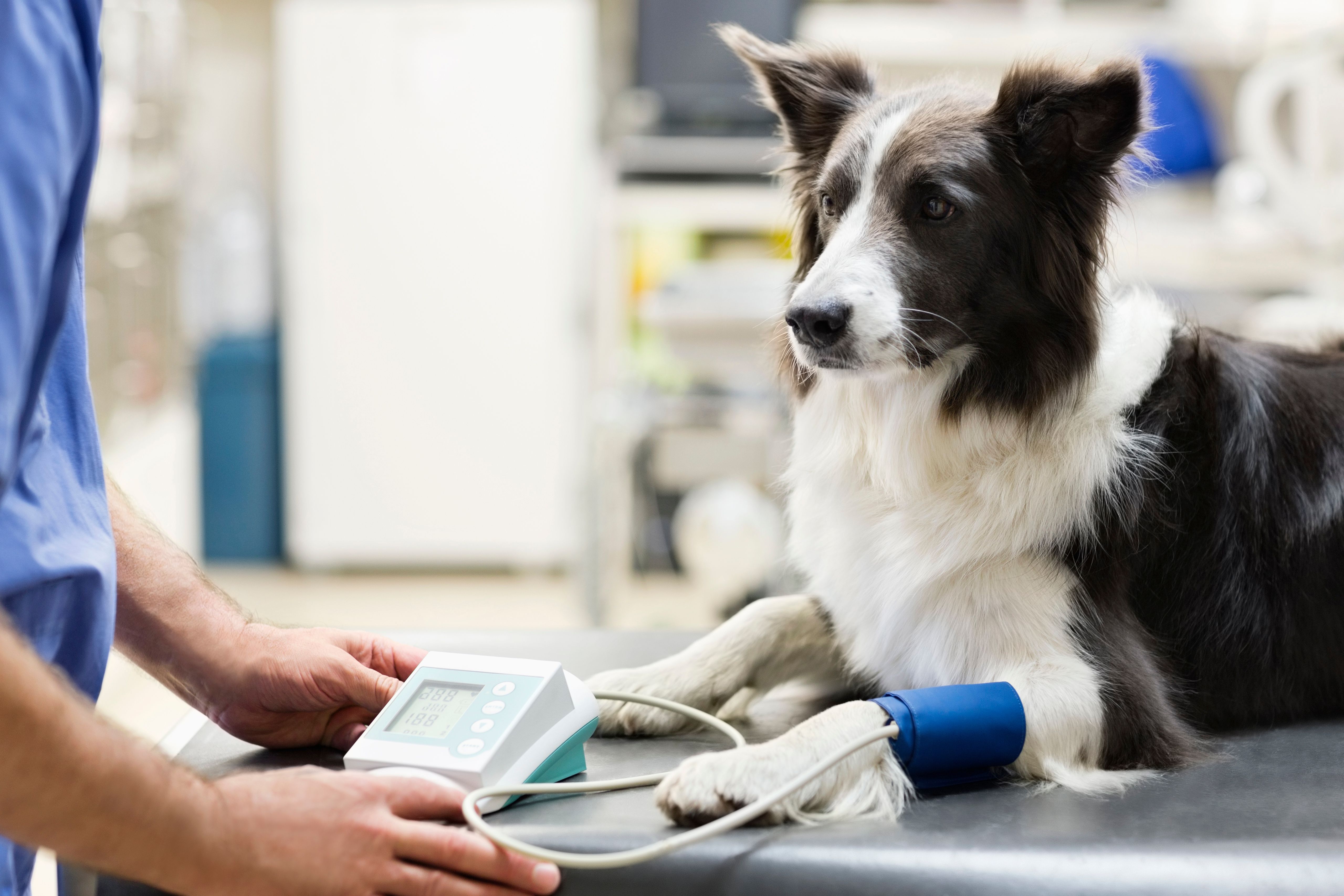Tips for accurate blood pressure measurement
Liza W Rudolph, BAS, RVT, VTS (CP-CF, SAIM) explained the best practices of getting blood pressure measurements during the 2022 AVMA Convention
Getting an accurate blood pressure measurement can be crucial to a patient’s overall health and the first step in assessing what medical action to take next. Liza W Rudolph, BAS, RVT, VTS (CP-CF, SAIM) went through her explanation of the importance of blood pressure measurements and her opinion on best practices to follow during the session, “Ins and Outs of Blood Pressure Measurement”1 at the 2022 American Veterinary Medical Association conference in Philadelphia, PA.
Rudolph stated, “The blood pressure is really important. It gives us good information on perfusion about our oxygen delivery and organ perfusion.”
Blood pressure parameters
As a reference point, Rudolph listed the blood pressure parameters she uses for identifying potential hypertension and hypotension in canines and felines.
These include:
- Hypertension
- >150/95 mmHg (canine)
- >135/100 mmHg (feline)
- >115 mmHg MAP
- Hypotension
- <80-90 mmHg systolic
- <60 mmHg MAP
Rudolph stated, “If you open 6 different textbooks, you're going to get 6 slightly different numbers. So just take all of that with a grain of salt.” She also reminded individuals to keep in mind the patient’s medical history and conditions that can cause hypertension or hypotension.
From there, hypertension can cause consequences including damage to the blood vessels, organ damage, and vascular incidents with the eyes, brain, and kidneys. On the other hand, hypotension can cause consequences including tissue and organ perfusion, hypoxia and ischemia, and organ damage.
Direct versus indirect
To get the blood pressure measurement, there is the option of going direct and using invasive blood pressure (IBP) with an indwelling arterial catheter or going indirect and non-invasive by using a cuff and an oscillometric device or a Doppler.
Direct
According to Rudolph, direct blood pressure measurement has the advantages of accuracy, real time monitoring, less stress for the patient, and it tends to be easier with anesthetic cases. She stated, “Direct arterial pressure, otherwise known as invasive, is truly considered the gold standard. If you want to know what your patient's actual, true blood pressure is, that's going to give you the answer.”
On the other hand, direct can have its disadvantages. Rudolph stated that these include cost, more technically challenging with placement, and can cause complications like hemorrhage, contamination, thrombosis, and necrosis.
Indirect
With using indirect blood pressure measurement, Rudolph explained there is the options of the Doppler method and the oscillometric method.
The advantages of the Doppler method, Rudolph stated, includes the ability to detect a low-pressure state, it is compatible on multiple patient sizes, it is low cost, and a portable machine. However, she stated that the Doppler method can have an unreliable diastolic measurement and tends to underestimate the measurement.
An oscillometric device has the similar advantages of a portable machine, but also requires little training to operate and can measure systolic and diastolic data. A disadvantage Rudolph listed was a decreased reliability from patient movement (shivering, tremors). She also mentioned the oscillometric method gives an average, not the actual numbers, which can seem to be a disadvantage to some individuals or an advantage to others. With either of these methods, Rudolph stressed the importance of finding what is right for the individual or practice.
Cuff placement
Rudolph concludes her lecture with some tips for cuff placement on canine and feline patients. She stated, “You can use the front or rear legs or the tail…I’m a big fan of using the tails, particularly in cats, [since it] seems less offensive to them.”
For choosing the correct cuff size, Rudolph suggested using 40% of the limb circumference for canines and 30-40% for felines. To explain this better she gave an example: “If I was to take a tape measure in centimeters, and wrap it around the circumference of my limb, if it was 10 centimeters, then I would take 40%. So, a 10-centimeter length means that I use a size 4 cuff.”
When the correct size is chosen, finding the correct area and position with the patient is key. According to Rudolph, the patient should be positioned to prevent the air hose from kinking while gathering the data. The limb should be level with the right atrium (heart-base).
Once the cuff is placed in the correct area and is the right size, Rudolph reminded individuals to make sure the cuff is not too tight or loose when wrapped around the limb. If it is too tight, it can cause a false decreased value. If the cuff is too loose, it can cause a false increased value.
Reference
Rudolph, L. Ins and Outs of Blood Pressure Measurement. Presented at: American Veterinary Medical Association Convention; July 29-August 2, 2022; Philadelphia, Pennsylvania.
